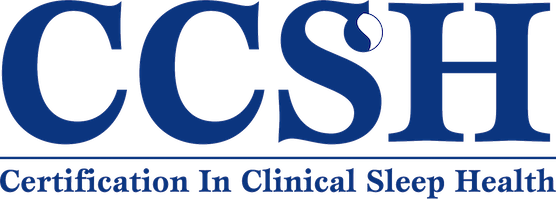The great thing about microsleeps is that they’re evidence of sleep drive — they’re proof that your body can sleep and wants to sleep!
A microsleep of a few seconds or minutes is unlikely to have a significant impact on sleep drive, but they can add up and so are often best avoided if at all possible. Often, if we can recognize the circumstances in which these microsleeps tend to occur (I tend to find they happen in clients when they’re sitting on the couch, watching TV, or reading) and make a change, this can reduce the likelihood of them occurring.
Often, any kind of movement can be helpful — I know a previous client would go for a short walk in the evening whenever he thought those microsleeps might happen.
Here’s a short video about microsleeps that might be useful: How microsleeps influence sleep drive and what you can do about them when you have chronic insomnia.
I hope this helps!
—
If you are ready to stop struggling with insomnia you can enroll in the online insomnia coaching course right now! If you would prefer ongoing phone or video coaching calls as part of a powerful three month program that will help you reclaim your life from insomnia, consider applying for the Insomnia Mastery program.
The content of this post is provided for informational and educational purposes only. It is not medical advice and is not intended to diagnose, treat, cure, or prevent any disease, disorder, or medical condition. It should never replace any advice given to you by your physician or any other licensed healthcare provider. Insomnia Coach LLC offers coaching services only and does not provide therapy, counseling, medical advice, or medical treatment. All content is provided “as is” and without warranties, either express or implied.




